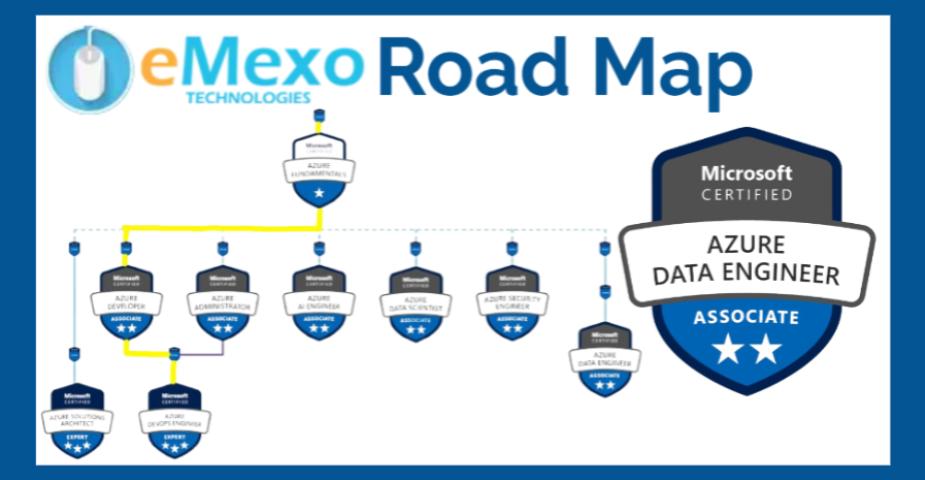In today’s competitive landscape, organizations are increasingly recognizing the value of corporate learning investments. But how can businesses measure the return on investment (ROI) of these initiatives? Understanding the ROI of corporate learning is essential for justifying expenditures and ensuring that training programs effectively contribute to business goals. This article delves into the importance of corporate learning, effective measurement strategies, and how to maximize the ROI of these investments.
Why Corporate Learning Matters
Corporate learning is more than just a training program; it is a strategic investment that enhances employee skills, boosts productivity, and fosters innovation. In a rapidly evolving job market, ongoing training helps organizations adapt to changes in technology, customer expectations, and industry standards. Key benefits of corporate learning include:
- Increased Employee Engagement: Continuous learning opportunities lead to higher job satisfaction and retention rates.
- Enhanced Skills and Competencies: Employees gain the knowledge needed to perform their roles effectively, leading to improved performance.
- Improved Organizational Performance: A skilled workforce translates to better business outcomes, such as increased sales and customer satisfaction.
Measuring ROI: Key Metrics and Strategies
Calculating the ROI of corporate learning investments involves more than just analyzing financial gains. Here are several key metrics and strategies for evaluating the effectiveness of training programs:
- Pre- and Post-Training Assessments: Measure employee performance before and after training to quantify improvements in skills and knowledge.
- Employee Engagement Scores: Assess changes in engagement levels through surveys and feedback tools to see if learning initiatives impact motivation and retention.
- Productivity Metrics: Analyze productivity rates and output quality before and after training to identify tangible improvements in performance.
- Business Impact Metrics: Link training outcomes to business performance indicators, such as sales growth, customer satisfaction scores, or operational efficiency.
- Cost-Benefit Analysis: Calculate the costs associated with training programs (including time, resources, and materials) and compare them to the financial benefits gained from improved performance.
Strategies to Maximize ROI
To ensure that corporate learning investments yield the highest possible return, consider implementing the following strategies:
- Align Training with Business Goals: Ensure that learning initiatives are closely linked to organizational objectives. This alignment helps prioritize training areas that will deliver the most significant impact.
- Leverage Technology: Utilize learning management systems (LMS) and other digital tools to deliver personalized learning experiences, track progress, and measure outcomes efficiently.
- Encourage a Culture of Learning: Foster an environment where continuous learning is valued and employees feel empowered to seek out development opportunities.
- Solicit Feedback: Regularly gather input from employees on training effectiveness and areas for improvement. This feedback can help refine programs and enhance engagement.
- Invest in Leadership Development: Prioritize training for leaders and managers, as their development can significantly influence team performance and drive organizational change.
Conclusion
The ROI of corporate learning investments is multifaceted, encompassing financial gains, employee engagement, and organizational performance. By adopting effective measurement strategies and aligning training programs with business objectives, organizations can unlock the full potential of their learning initiatives. In a world where skills and knowledge are paramount, investing in corporate learning is not just beneficial—it’s essential for long-term success.
Embracing a strategic approach to corporate learning can transform your workforce and, ultimately, your bottom line. As you consider your training investments, remember that the true value lies not just in immediate returns, but in the sustainable growth and innovation that a well-trained workforce can deliver.


















